A good design brief plays a pivotal role in creating a powerful design. But unfortunately, not all clients immediately realize its very importance. For designers, the design brief is perhaps the first crucial step towards creating a great design. Many designers presume about their clients’ requirements, the nature of their business, and target audience, etc. instead of asking clients that end up with unsuccessful designs.
So, you should kick off creating a design with a good design brief, which can be achieved by asking relevant questions with the client. Making a design without a design brief is something like developing a township without having a blueprint.
What exactly is the design brief?
A design brief is nothing but an essential document created before the actual design starts. Creating a design brief is actually the first step a designer takes to create a great design. Writing a great design brief is not as easy as you think, especially when you’ve not done it before.
You should spend a reasonable amount of time to create and rework on it. Your design brief must be in an easy-to-understand language, compact enough to preserve interest, and at the same time comprehensive enough to define every aspect clearly, precisely.
A design brief is essential for even those who create their design on their own using a DIY tool such as an online logo maker. Writing every detail before the design creation ensures that they don’t miss anything while designing.
A typically written design brief includes:
- An overview of the business
- The objective of the design
- The target audience
- Project-specific information
- Critical information about the competitors
- Design project budget
An excellent written design brief helps the designer think logically about the design solution. A good design brief should also include the industry trends, timeline, and measurement of success, and so on.
Your design brief should first concentrate on the business objectives and outcome, and not the aesthetic details. While the clients will let you know what they actually want to achieve from the design project, you are responsible for exploring inspirations and ideas.
So it’s imperative to write a good design brief by asking your clients some vital questions while creating the design brief. These questions will help you brainstorm ideas and let your client feel involved in the entire design process. Here are the top 15 questions you should ask your clients, which will help you write a great design brief.
Top 15 questions to ask your clients before creating a design brief
1. What is the name of your company?
This is unquestionably the first question that any designer would their client before discussing any design project and writing a design brief. It is because the name of the company will be a crucial aspect based on which you’ll decide what to present on the proposed design.

If it’s a logo design, you may consider the name itself as the logo. You can see many companies using their names in the logos. If you know the length of the company’s name, you’ll be better positioned to decide the type of logo to be designed. Then you can proceed with the next phase of logo creation i.e. selecting online logo maker tool like Designhill or a designer.
2. Can you please let me know about your company?
This is perhaps the second question most designers ask their clients. As a designer, it becomes imperative for you to know what your client does and many more. It helps you conceptualize a compelling design.
Just anticipating about your client’s business and start working on the design project would be your biggest mistake as there would always be a scope of misinformation.
So open up and ask your client directly what they do, what their background is, etc. Also, don’t forget to ask about their competitors. Include their brand persona on a personal level as you would be working on creating a brand personality.
3. What do you want to achieve from this design?
Knowing what the client wants to achieve from this particular design project is very crucial for you. Ask your client why this design is vital for your business. If you know their goal precisely, you’ll be able to create a more relevant design.

For example, if you’re creating an infographic design, you should ask your client how they would like to present their information — charts, statistics, or any other visual. Also, ask your clients if they want their site visitors to sign up for an account for their sites for accessing the infographic.
So, an ideal design brief should clearly highlight the client’s goal and their priorities. It’s a professional approach to write an effective design brief. This would also give your clients the impression that you’re a designer in the real sense, and your skills, efforts, and time must be recognized.
4. What inspired you to get this design created?
Ask the client about the inspiration that drove them to get this design created. This would help you understand the project and why the client wishes to work with you and how you should kick off the design project.
5. What is your mission?
Knowing your client’s purpose is important. Ask their business core driving force and include those elements into the design. This way, you would be paying respect to what your client believes in; and thus, you would make space in their heart.
Your designs may have various angles, such as political, culture, etc. But you must ensure that the specific design meets the client’s core values. Also, try to understand the unique selling points of your clients to get some design inspirations.
6. What do you like or dislike in your previous branding?
It’s of utmost importance to know what the client doesn’t like or dislike in the earlier version. You should peep through their previous marketing collaterals in order to plan your design strategy more effectively. Going back to their previous marketing materials will enable you to understand what worked and didn’t.
7. Who are your key competitors?
You cannot strategize your design project well unless you know about your client’s key rivals, the players your client wants to compete with. So, it’s advised to study your client’s competitors and their niche market.
You need to identify what worked for them. Once you minutely examined competitors, you’ll have enough information to mold your design project for better results.
8. What group of clients /markets are you targeting?
The design that you would be creating is not meant for pleasing the client only, but it should be intended to draw your client’s target audience. Therefore, you must ask your client who their target audiences are, their age group, their profession, etc. This is valuable information for creating a compelling design.

For example, if your client deals in products for kids, the design must be bright and colorful. Also, you should include some funny icons/images in your design that attract children.
Remember, the different age group has a different choice. People’s choices largely depend on their profession, culture, and age. So, pay heed to these aspects while creating a design—be it logo design, brochure design, business card design, or any other design. Pick each design element — color, shapes, typography, style, etc.—carefully.
9. Are your products/services for gender-specific clients?
Apart from the factors that we discussed in the previous pointer that the audience’s choice varies with their age, profession, culture, etc., it also depends on their gender.
So, it’s essential to know if your client is targeting any specific gender or mixed gender. If it’s for mixed gender, you should incorporate as many gender-neutral elements as you can.
Similarly, use pink and purple colors to target female audiences as they are considered their favorite colors.
10. Is there any concern related to culture?
While you’ll be focusing on attracting your clients through the design, you should also see if the design would hurt a particular community’s sentiments. Ask your client if their audience has any cultural concerns. It is also important because a disputed design can sometimes land your client in legal trouble.

11. What style of design do you like me to create?
The design style is an important aspect that you should before starting the project. Consider that your client has a good understanding of the design and then ask to know their choice of design aesthetics. The ideal questions that you can ask are—Do you like a clean, balanced look or something different, new, experimental, and dynamic? Do you like to include isometric illustrations?
Write down their answers. They would help you narrow down your client’s choice of design.
12. Is there any specific element that you want to include in your design?
There might be some particular element(s) that are very close to your client’s heart. Ask to know that element and check if their inclusion would make the design more appealing. This will also make your client feel that you are very much concerned about the tiniest detail, which is a necessary skill of a professional designer.
13. How would you utilize this design?
Knowing how and where the design would be used is essential. Your design consideration would largely depend on its usage—is it for print media, digital campaign, or handheld? Ask these questions specifically.
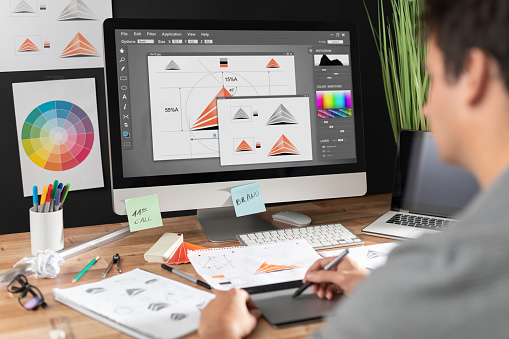
If the design is to be used in printed materials, ask the client the printing specifications because they will change your design considerations. Based on the production technique, you may need to add more layers to the design. Also, you will have to limit the colors.
15. What kind of budget could I expect to work with your design project?
Asking your clients’ budget may be awkward, but you have to ask. You can’t come off as too scared to ask because knowing their budget early on is essential to moving your design project forward.
You should start the conversation with some open-ended questions, instead of coming off as money-hungry. This will help you understand what your clients have in their minds for the project. You can explain their pain-areas and encourage them to share with you more information.
Once you’ve got an idea about your client’s budget for that particular project, check if it matches your rates. Also, make it clear whether you will charge for each revision or not. It is also imperative for you to know the file format in which your client wants the design. It would help you anticipate the type of license you need for that particular design asset.
15. What designs do you like or dislike?
This is about knowing your design taste, knowing which you’ll workaround. To know that, you can put some examples of creative works and ask if they like any.
Further, encourage them to discuss even the smallest element of that particular design. They might not be familiar with the design terminologies, but you can easily translate their preferences into the design industry’s language. You can also inspect their competitors’ designs to understand better the design you would be working on.
Similarly, try to know what your client doesn’t want to see in their design. Ask them what made them feel that particular design inappropriate or why they don’t like that. Their answers will be purely subjective, but you’ll at least get some ideas about what to include in the design and whatnot.
Conclusion: Getting into the client’s mind is a complicated and tricky task. You need to be patient and a little witty to get your questions answered. These are the top questions that you should ask your clients while writing a design brief.
Keep in mind that your clients not only like you to create impressive designs but also expect you to deliver them pieces of valuable, professional advice. They want you to listen to them carefully and address their every concern—even if their queries are worthless, irrelevant and respond to satisfactory answers.
I hope these questions will help you better understand your clients’ requirements and establish a solid foundation for creating a stunning design.
Do you know any other questions to ask your client before creating a design brief? Let us know in the comments below.

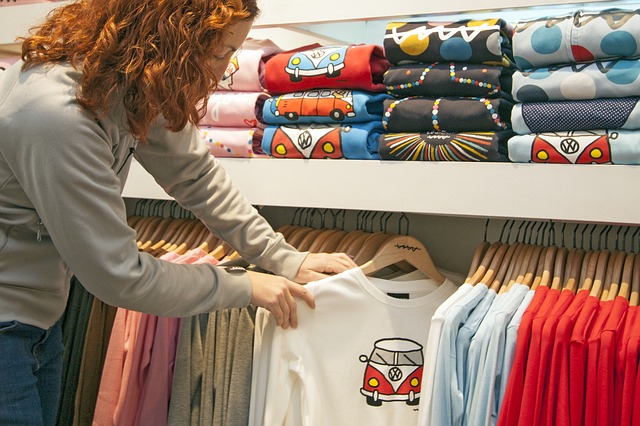
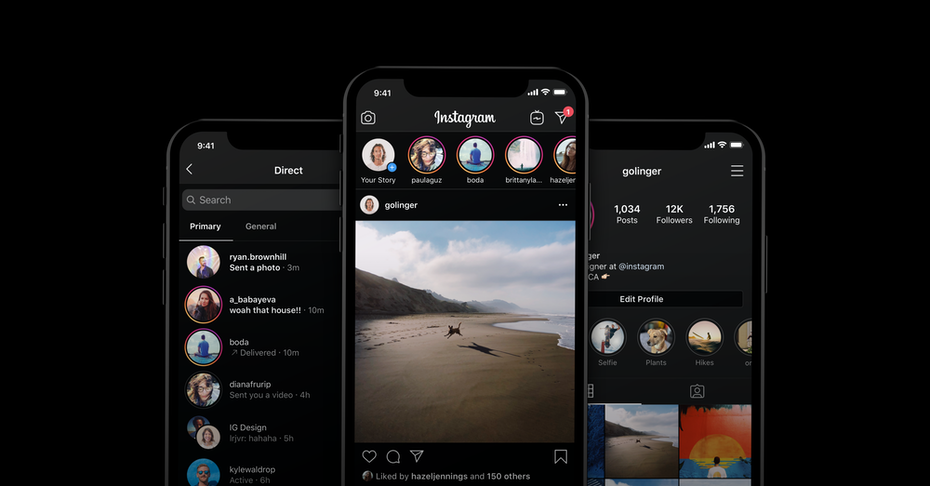
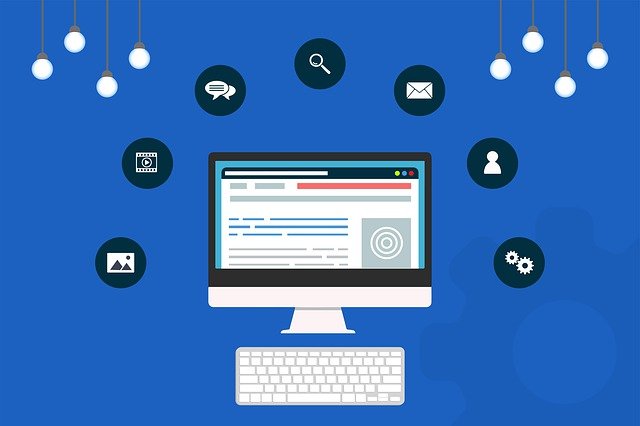
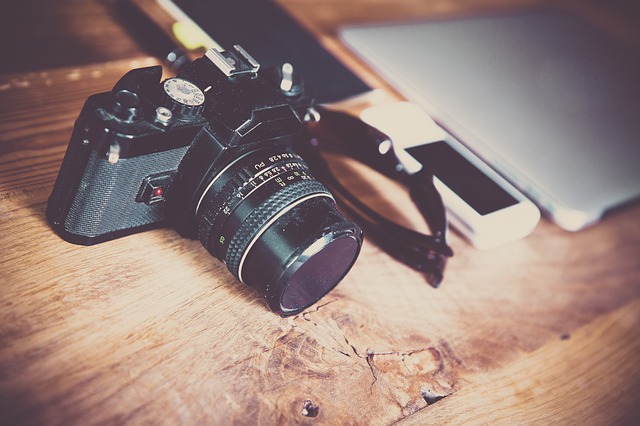
One thought on “15 Questions to Ask Your Client before Creating a Design Brief”
Comments are closed.